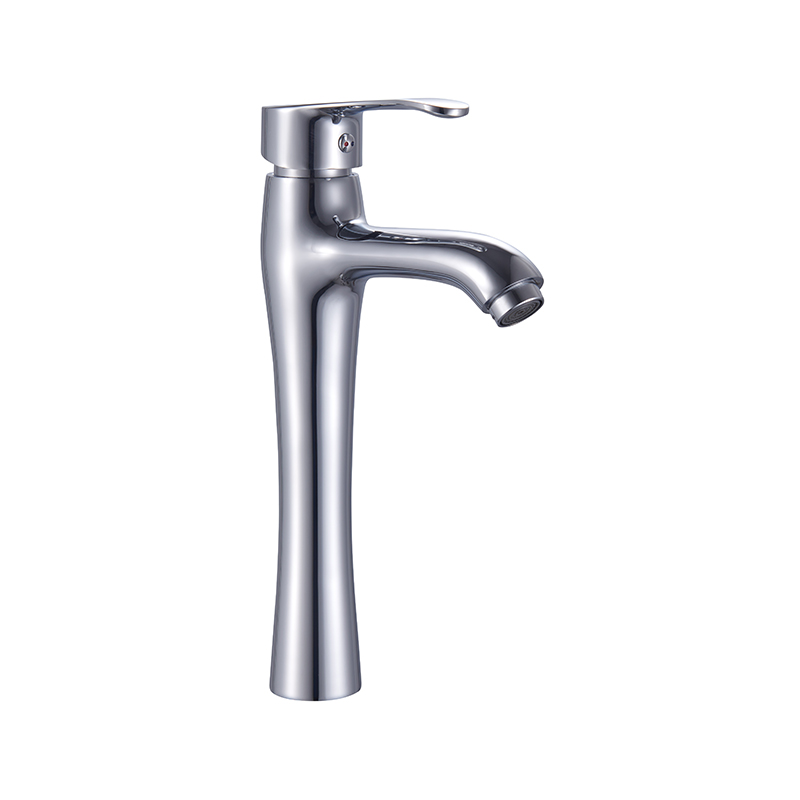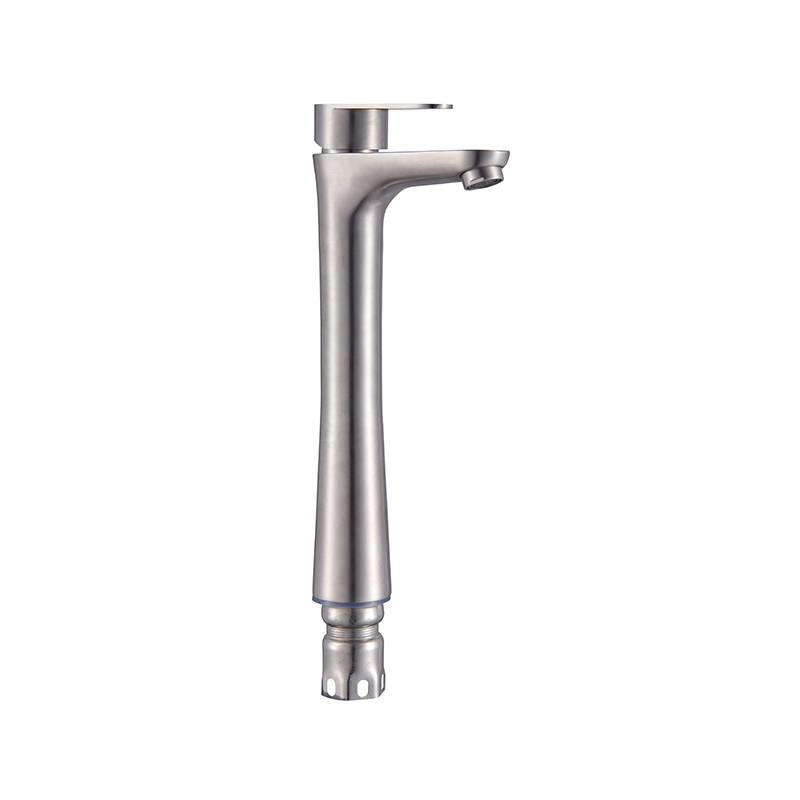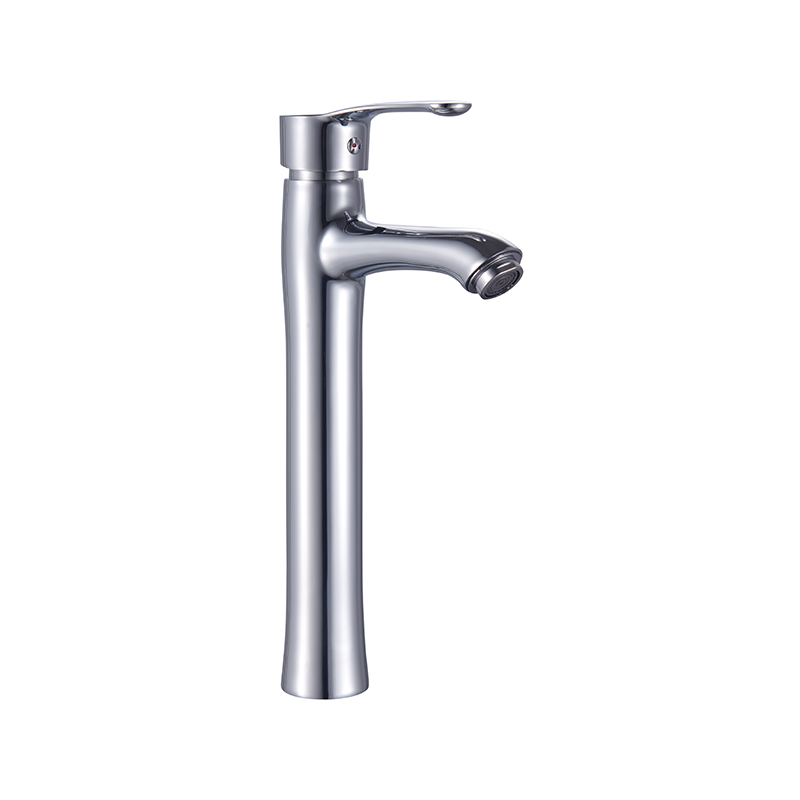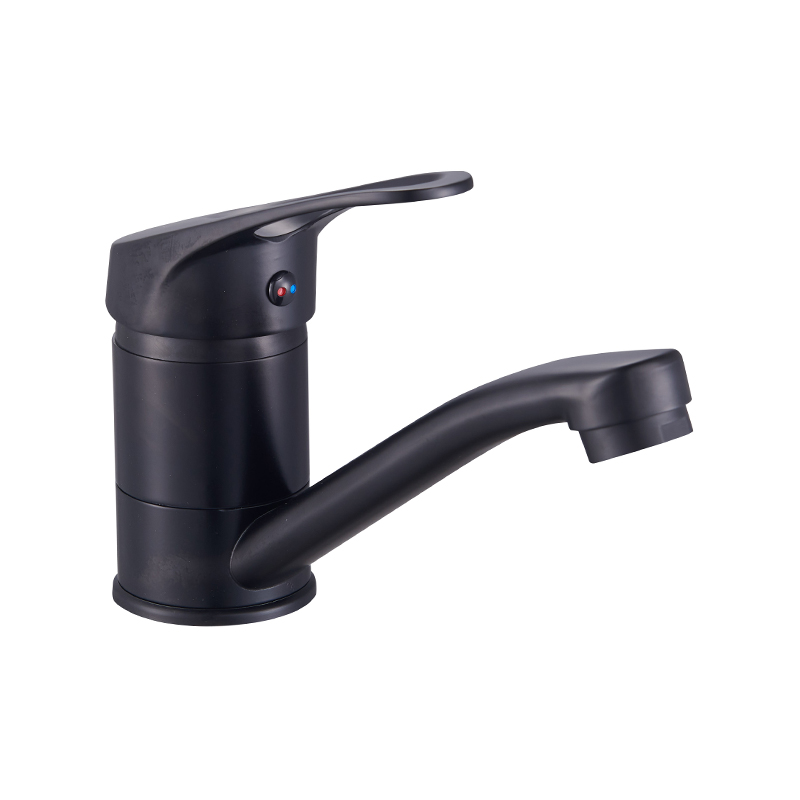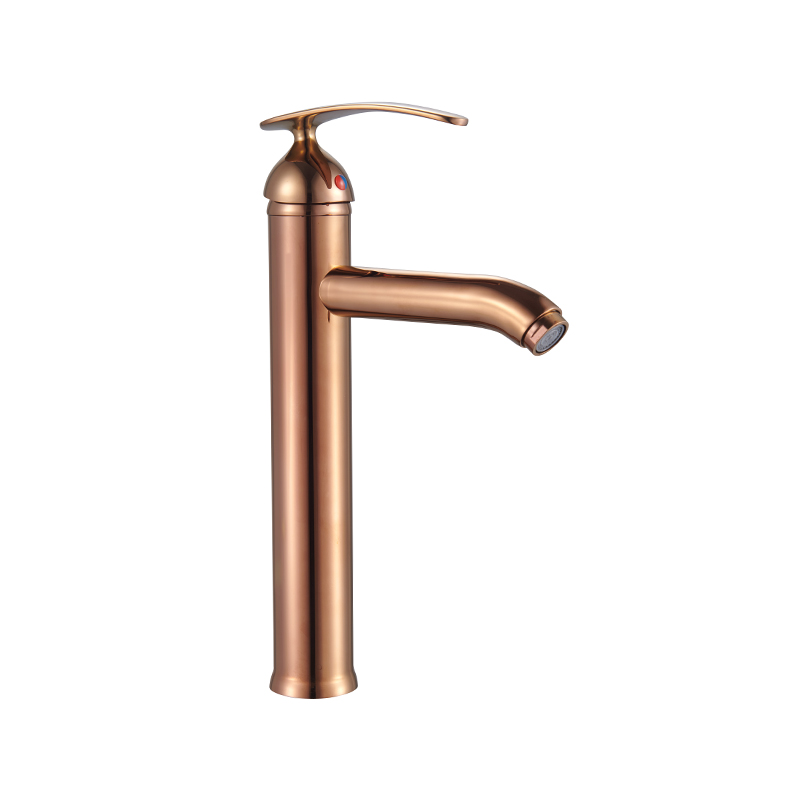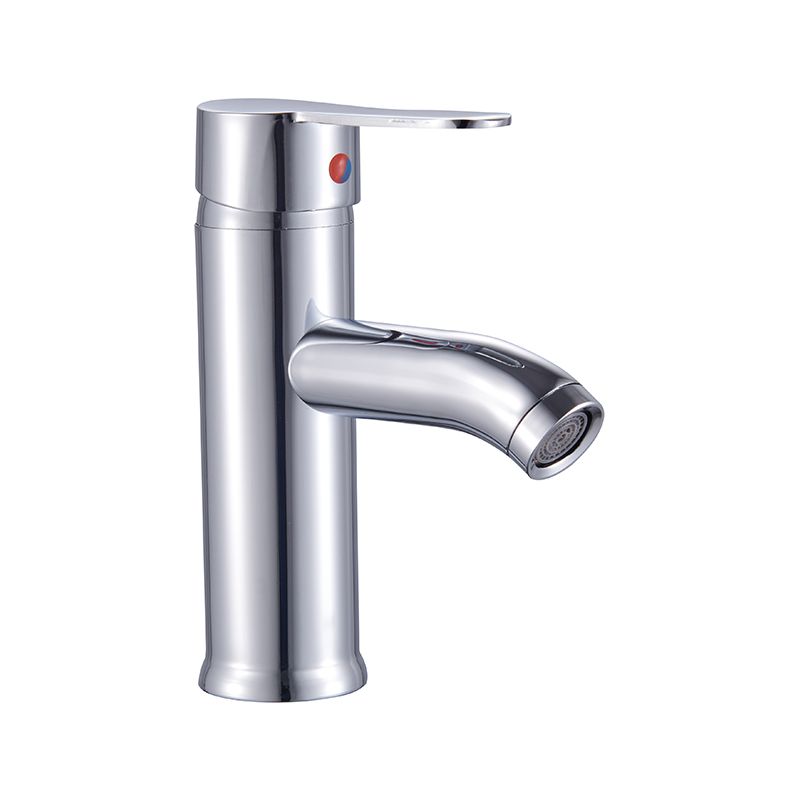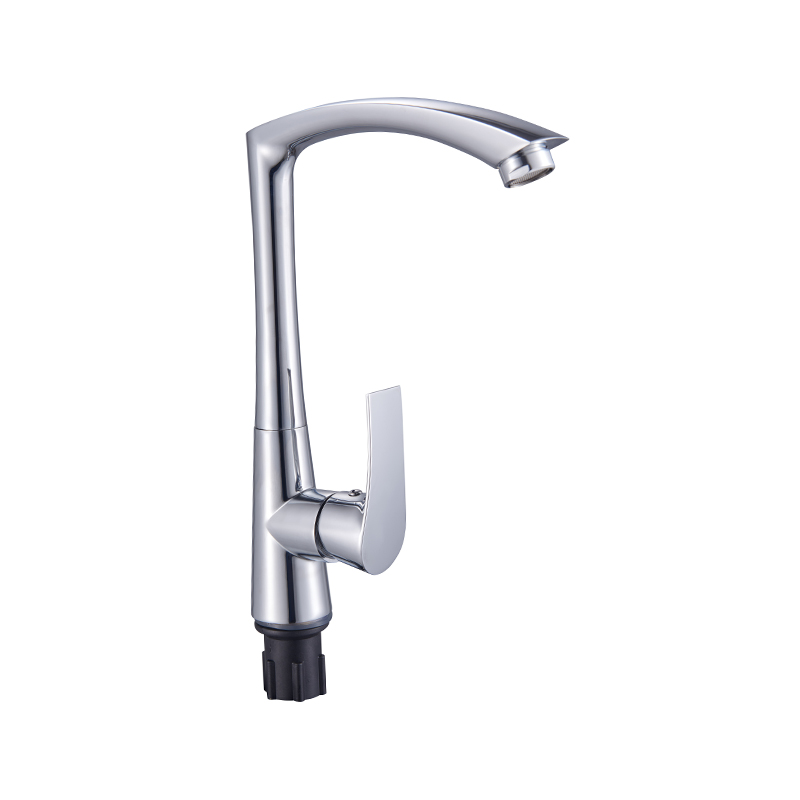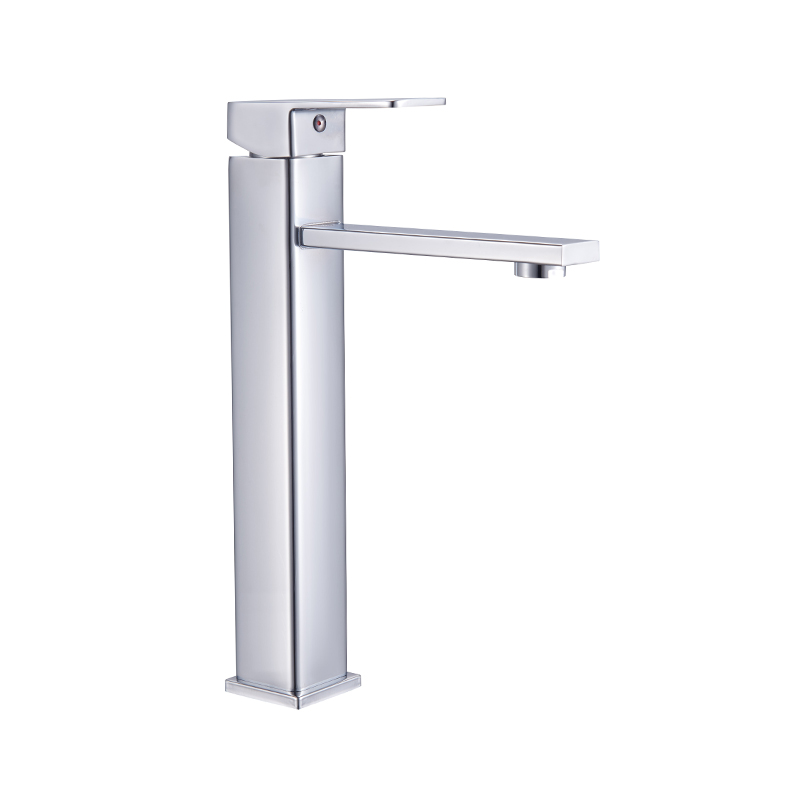When planning a bathroom renovation or new construction, choosing the right basin mixer faucet is more than a design decision—it directly impacts daily functionality, water usage, and installation efficiency. For global buyers and contractors working on residential or commercial projects, understanding the features and installation types of basin mixer tap can result in better product selection and long-term satisfaction.
Understanding Basin Mixer Faucets: What Are They?
Before diving into the decision-making process, let’s briefly define what a basin mixer faucet is. A basin mixer faucet combines hot and cold water into a single stream, controlled by either a single lever or dual handles. Unlike traditional taps, which have separate spouts for hot and cold, the mixer design simplifies control and improves temperature precision.
This makes basin mixer taps a common choice for modern bathrooms around the world, from Europe to Southeast Asia.
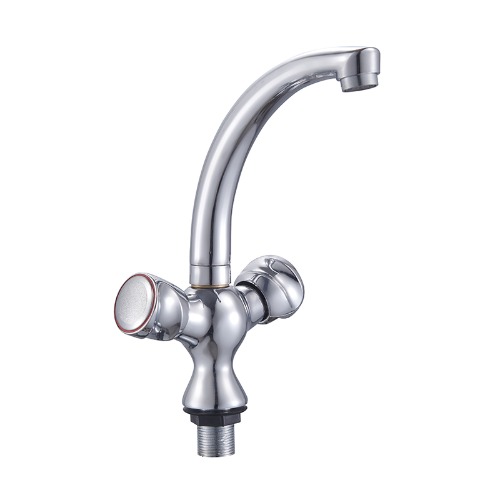
Key Considerations for Renovation and New Installations
1. Mounting Style: Deck-Mounted vs Wall-Mounted
One of the decisions buyers must make is how the faucet will be installed.
Deck-mounted faucets are the standard choice, attached directly to the basin or countertop. These are easier to install and replace, especially in renovation projects.
Wall-mounted faucets offer a sleek, contemporary look and free up counter space. However, they require more planning and plumbing adjustments.
- Tip for buyers: Always consider the existing plumbing layout before selecting the faucet style, especially for retrofit projects.
2. Functionality: Single Lever vs Dual Handle
The handle design plays a role in user comfort and aesthetic.
Single-Lever Faucets: More common in minimalistic bathrooms. They offer quick and easy control with one hand.
Dual-Handle Faucets: Suitable for traditional or classic-style spaces. They allow more precise control over temperature.
If your project focuses on accessibility or family-friendly design, single-lever faucets may be a better fit.
3. Water Pressure Compatibility
Not all faucets are created equal when it comes to water pressure. A faucet that works well in high-pressure systems may perform poorly in low-pressure homes or buildings.
Check whether the basin mixer faucet is labeled for low, medium, or high-pressure systems.
Ensure the faucet’s flow rate aligns with local water regulations, especially in regions like the EU or the U.S.
- Pro Tip: Ask your supplier to provide pressure compatibility data and flow test results before placing a bulk order.
Material Quality and Finish Options
Procurement managers should also evaluate faucet materials. Brass bodies with ceramic cartridges are common for durability and leak resistance. Stainless steel is another alternative for corrosion resistance.
As for finishes, the choices are broad:
Chrome: Sleek and reflective, fits modern designs.
Matte Black: Gaining popularity for luxury bathrooms.
Brushed Nickel or Gold: Adds warmth and uniqueness.
Make sure the finish is resistant to fingerprints and easy to maintain, especially for hospitality projects where usage is high.
Installation and Maintenance Simplicity
For large-scale orders, ease of installation is crucial. Select models that:
Include all necessary mounting hardware
Offer clear installation guides
Allow for easy cartridge or aerator replacement
Choosing user-friendly designs reduces installation time and long-term maintenance costs.
Now that you have a clearer understanding of how to choose the right basin mixer faucet, you’ll be better equipped to make informed decisions that suit both the style and practicality of your project.
 Language
Language
 English
English русский
русский Español
Español عربى
عربى Phone
Phone
 Email
Email



